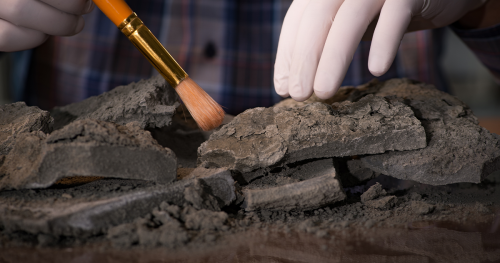


 Wait—cavemen knew geometry?
Wait—cavemen knew geometry?
Okay, they weren’t exactly cavemen, but archaeologists estimate that unknown people built Stonehenge, a monument in southwest England, around 2500 B.C. Its purpose remains a mystery, as does the identity of its builders. What’s not a mystery is their brilliance. According to a new book about Stonehenge, the builders used the Pythagorean Theorem to design it.
The problem is, Pythagoras, the Greek mathematician credited with “discovering” this theorem, wasn’t born until two-thousand years after Stonehenge’s construction. This has baffled historians and their conventional picture of ancient Brit as primitive, caveman-like people. And yet, as the Tech Times explains, they’d have to have been “skilled at geometry” to use the theorem and construct a marvel like Stonehenge, which still stands today.
The idea that we’re advanced and the ancients were ignoramuses is a modern myth. But if all humans bear God’s image we’d expect mathematicians—even in the Stone Age.
Have a Follow-up Question?
Want to dig deeper?
If you want to challenge yourself as many others have done, sign up below.














